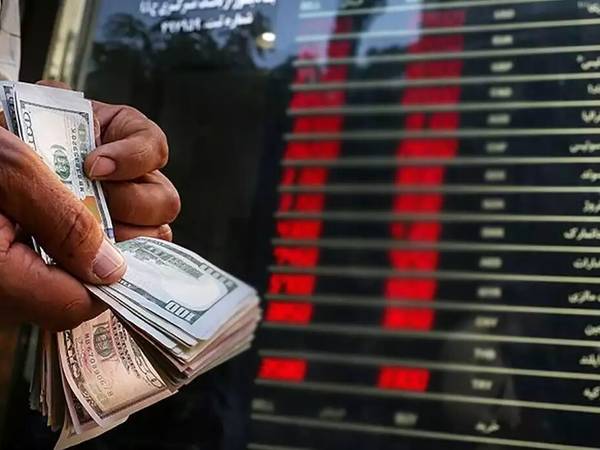After Iran's Central Bank report on government banks providing large loans to their employees and affiliates, new reports have emerged about these loss-making financial institutions entering the local foreign currency market.
In Iran's heavily state-controlled economy, the government has long been the primary supplier of foreign currencies and controller of imports. Since 2012, when international sanctions began to sharply devalue the Iranian rial, the government has struggled to keep essential imports affordable. To manage this, it introduced multiple exchange rates, a system that has fueled widespread corruption. Influential insiders have taken advantage of government-provided privileges, such as export-import licenses, to profit from the disparities between official and market rates.
The official exchange rate is significantly lower than the free market rate for foreign currencies. The government aimed to control rising prices by subsidizing essential imports like basic food, animal feed, and medication, offering importers access to cheaper foreign currency in an effort to make these goods more affordable and prevent mass discontent
For instance, a portion of Iran's imports, such as medicine, is currently done using the government-subsidized rate of 285,000 rials per US dollar, while other imports, like food, are conducted through the "NIMA" system at 468,000 rials per dollar. Meanwhile, goods like household appliances or mobile phones are imported at the free market rate, which has soared to over 630,000 rials per dollar.
Iranian exporters are also obligated to either exchange their foreign currency earnings through the NIMA system or negotiate with importers to provide them with the required currency.
Recent reports from Iranian media reveal that Iranian banks are not only exporting goods directly but also selling the foreign currency earned from these exports to importers at a rate 10% higher than the NIMA rate. This allows the banks to profit from both exporting goods and selling the resulting foreign currency at a premium above the official NIMA rate.
Why is the government silent?
While the average inflation rate over the past few years has remained above 40%, and the Iranian rial has lost approximately 90% of its value since US sanctions were re-imposed on Iran in 2018, the government has mandated that banks provide loans to the public and companies at interest rates between 20% and 23%.
Moreover, from mid-2018 to mid-2024, the government’s debt to the country’s banking system skyrocketed by 430%, reaching 15.6 quadrillion rials—a sum equivalent to $23 billion at the free-market exchange rate and $55 billion at the official government rate.
The critical point here is that the government's debt to the banking system is in Iranian rials, meaning that with the annual decline in the value of the rial, banks are incurring massive financial losses.
For comparison, the free-market exchange rate for the US dollar has surged from 65,000 rials in mid-2018 to 630,000 rials today. As a result, the value of a large portion of the loans that Iran's banking system extended to the government and private sector at interest rates of 20% to 23% has been significantly eroded.
As a result, seven of Iran's largest banks are now struggling with accumulated losses totaling 4.6 quadrillion rials (approximately $7.3 billion at the free-market exchange rate). With the government's limited ability to cover these mounting losses, the banks face the risk of bankruptcy or are being pushed into activities normally prohibited for financial institutions, such as real estate management, property trading, and engaging in both domestic and foreign trade.
For instance, official statistics indicate that the value of banks' real estate holdings has now reached 2 quadrillion rials. Thanks to an 1100% increase in rial-denominated housing prices since mid-2018, a portion of the banks' losses has been offset.
Banks are using these unsound practices as another method to compensate for losses stemming from the declining value of the rial and the significantly lower interest rates compared to the inflation rate.
Recently, the Central Bank of Iran announced that in the last fiscal year, which began on March 20, the country's banks provided 1.2 quadrillion rials in loans to their employees or affiliated companies, which also benefits their managers. The affiliated companies use these cheap loans to plug their own financial losses.
